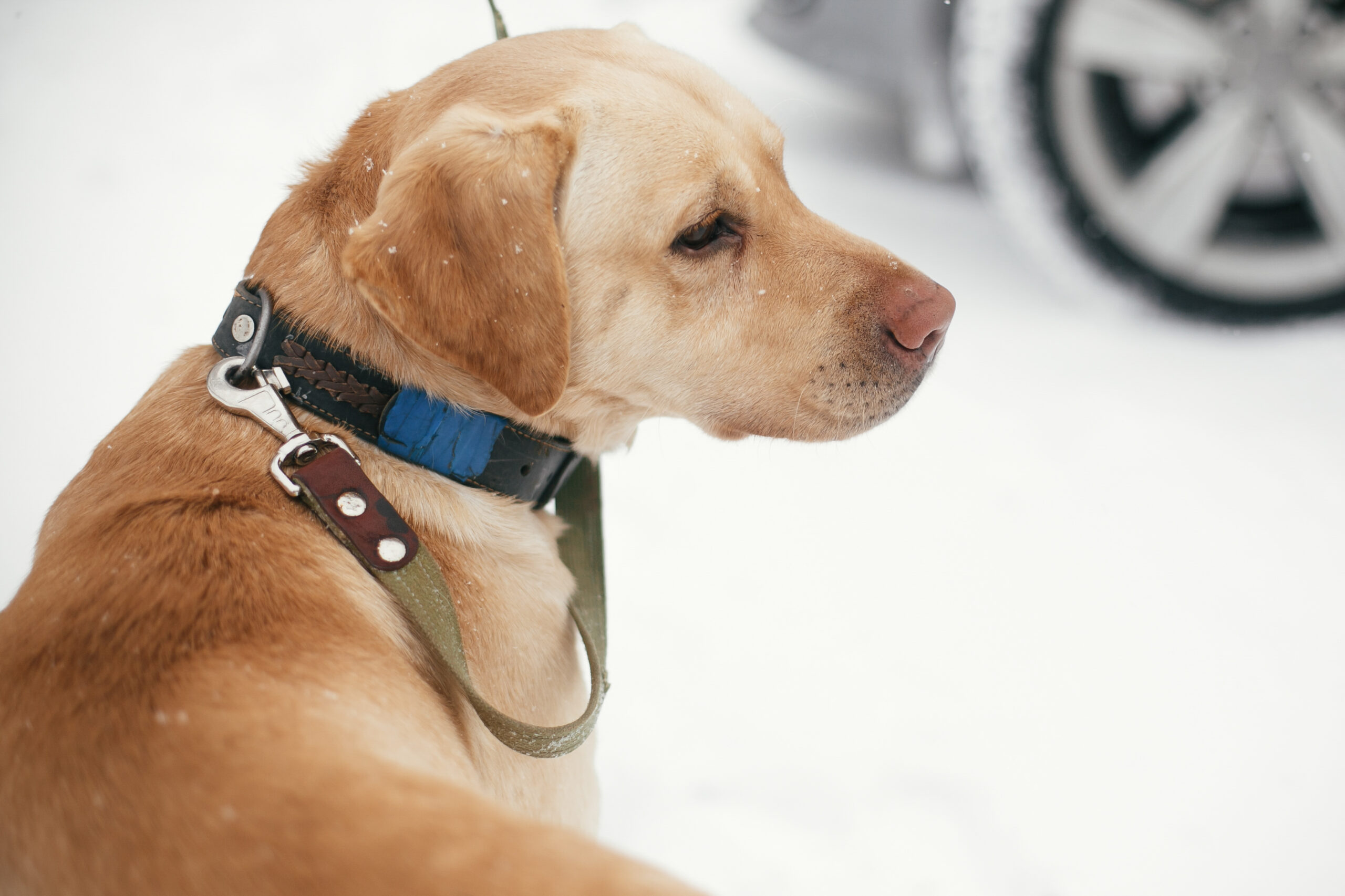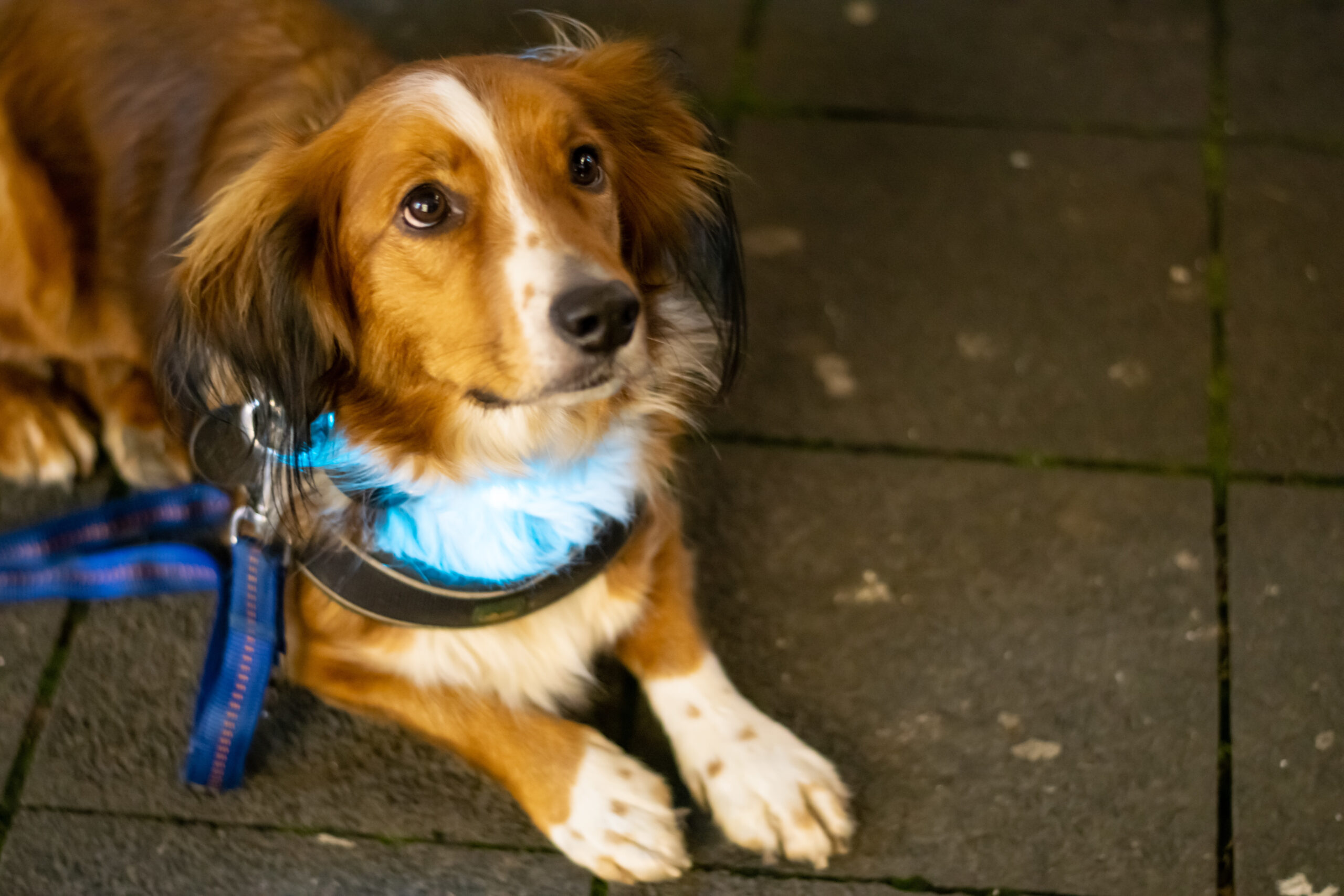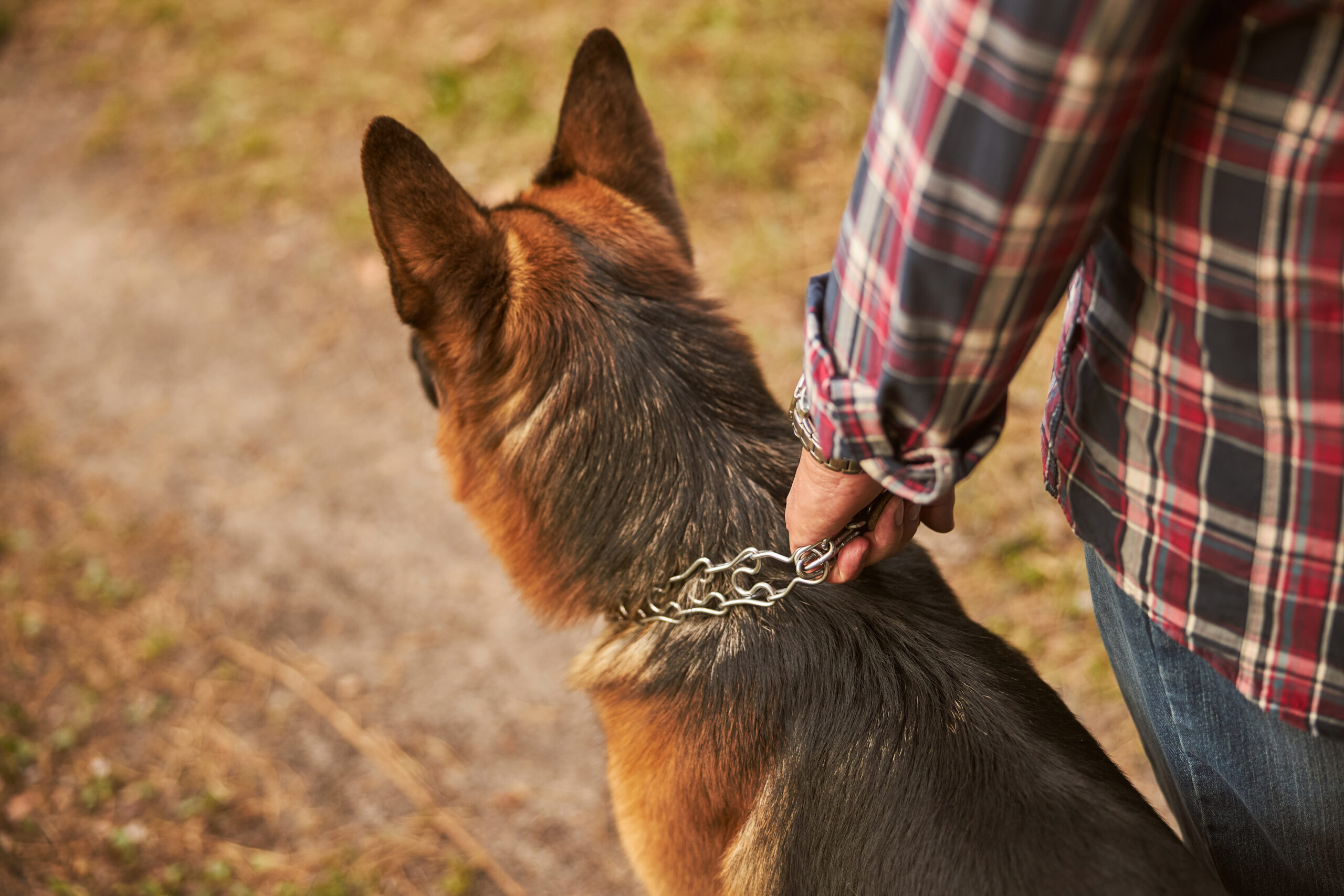
Are Electric Dog Training Collars Safe?
Training tools for dogs often spark debate, and few stir as much discussion as the e-collar. Some people see it
GET YOUR DOG COLLAR TODAY! FREE SHIPPING FOR A LIMITED TIME!

Teaching your dog to respect indoor boundaries is crucial for creating a harmonious living environment. Whether you want to keep them out of certain rooms, prevent them from jumping on the furniture, or limit their access to certain areas of your home, indoor dog boundary training helps your pet develop spatial awareness and self-control. By understanding where they can and cannot go, your dog learns the rules of your home, leading to fewer behavioral issues and a more organized household.
That’s why the team from Pet Sensor has collected some helpful tips for you here!
Maintaining Consistency During Training
For boundary training to be effective, consistency is essential. If you let your dog into restricted areas occasionally but not consistently, it will confuse them. Boundaries must be enforced every time to help your dog understand the rules. Keeping your dog’s training routine consistent helps reinforce the behaviors you want to encourage and strengthens their understanding of the limits.
Steps for Indoor Boundary Training
1. Define the Boundary
Start by identifying the area you want to restrict. Whether it’s a specific room or a part of your living space, lead your dog to the doorway or boundary. Using a short leash, stop right before entering and ensure your dog halts with you. The goal is for your dog to learn that they must stop where you stop.
2. Reward the Correct Response
When your dog stops at the boundary, reward them with a treat, praise, or both. This positive reinforcement teaches them that staying outside the restricted area is the right behavior. Repeat this step until your dog consistently stops without guidance. Over time, they will learn to associate the boundary with positive rewards.
3. Step into the Restricted Space
Once your dog reliably stops at the boundary, take a small step into the restricted space while ensuring your dog stays outside. If they try to follow, gently block them, and return to the previous step. Only reward them when they remain outside the boundary, reinforcing the idea that staying behind the line is the correct behavior.
4. Gradually Increase Distance
After your dog consistently stays outside the boundary, increase the distance you walk into the restricted area before rewarding them. As they gain confidence in the behavior, they will learn that staying outside the area leads to a reward, no matter how far you step inside. Repeat this process to reinforce the behavior further.
5. Add Time and Distractions
Once your dog understands the boundary and stays outside, begin increasing the waiting time before rewarding them. This teaches your dog patience and helps them learn to stay in place for longer periods. You can also introduce distractions such as toys, sounds, or even other people to test your dog’s ability to maintain their position. Gradually increase the difficulty, thus building your dog’s impulse control.
Patience and Practice to Create a Strong Sense of Outdoor/Indoor Dog Boundaries
Outdoor and indoor dog boundary training is a gradual process that requires patience and regular practice. Your dog may need weeks of consistent training to fully understand the concept of indoor boundaries, especially if they are easily distracted.
That’s why the Pet Sensor system provides all the tools you need to be successful. Learn more about our Bluetooth indoor dog boundary training product by contacting us online today!

Training tools for dogs often spark debate, and few stir as much discussion as the e-collar. Some people see it

Training a stubborn dog can test even the most patient owner. Whether it’s a young dog ignoring boundaries within your